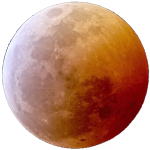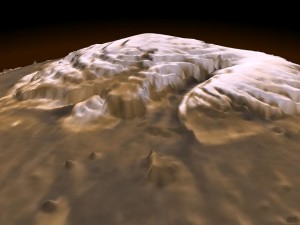Destination: Mars
 Everyone seems stuck on getting to a single destination. Its Mars, no its the Moon. Ththththththth! If we are to become a multi-planetary species we have to develop techniques that allow us to progress to ANY rock we set our mind on. Therefore EarthSeed has established not only a methodology to settle the Moon, but Mars as well, with additional destinations beyond Mars.
Everyone seems stuck on getting to a single destination. Its Mars, no its the Moon. Ththththththth! If we are to become a multi-planetary species we have to develop techniques that allow us to progress to ANY rock we set our mind on. Therefore EarthSeed has established not only a methodology to settle the Moon, but Mars as well, with additional destinations beyond Mars.
By taking SpaceX example, and applying an incremental approach, we settle the Moon first, then shoot for Mars. In going to the Moon first we can perform live, real-time testing of our methodology, equipment, and even the crops, animals, and insects that will make up the biome. Not to mention, its a business decision. With a settlement on the Moon, generating air, water, food, and fuel, not only can we supply most of the needs of the Mars ship from there, (instead of having to ship it up from Earth), but we can establish a financial benefit selling that air, water, food, and fuel to the ISS, thus reducing the ISS dependency on earth supply.
So without further ado, off we go:
Our Mars ship is not the purpose built SLS born of congressional ultimatims but rather a collection of components salvaged from the ISS, transported to EML-2, and assembled to provide the cargo and personell needs for the nine (9) month journey. The components, assembly, and enhancements are detailed in <this post>.
 Departing from EML-2 Station, the ship dives towards the Moon, passing it closely on a tangent heading towards Earth to build up speed. The ship’s course makes a close pass of Earth, using the planet’s gravity to fling it outward towards a trajectory to intercept with Mars. The ship arrives in Mars orbit 6-9 months later. The orbit would pass over the martian poles, and when timing is right, landers are dispatched to our landing site: the long canyon, Chasma Boreale, specifically Tenius Cavus near the northern pole.
Departing from EML-2 Station, the ship dives towards the Moon, passing it closely on a tangent heading towards Earth to build up speed. The ship’s course makes a close pass of Earth, using the planet’s gravity to fling it outward towards a trajectory to intercept with Mars. The ship arrives in Mars orbit 6-9 months later. The orbit would pass over the martian poles, and when timing is right, landers are dispatched to our landing site: the long canyon, Chasma Boreale, specifically Tenius Cavus near the northern pole.
Using the lessons learned from the Lunar Settlement, the teams establish their cave habitat, then the biome, then begin expanding quickly. These people will not see another ship for nearly two years, so they will have to succeed … or die trying.